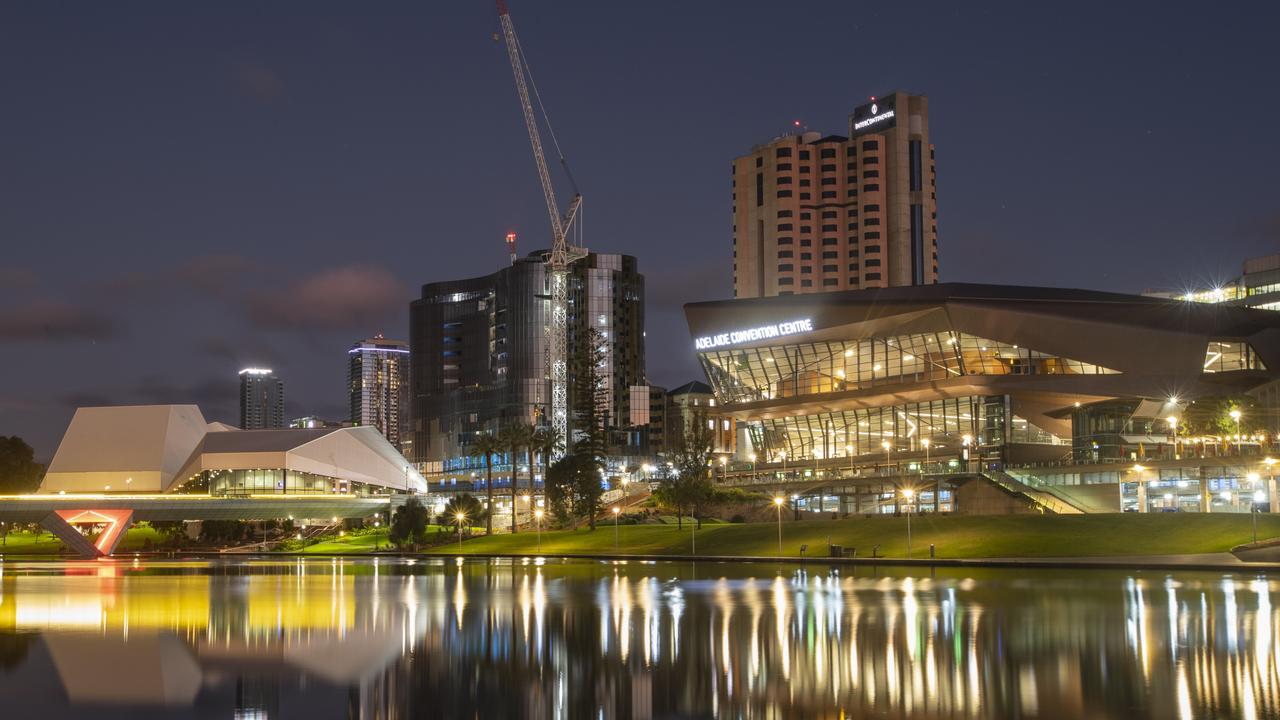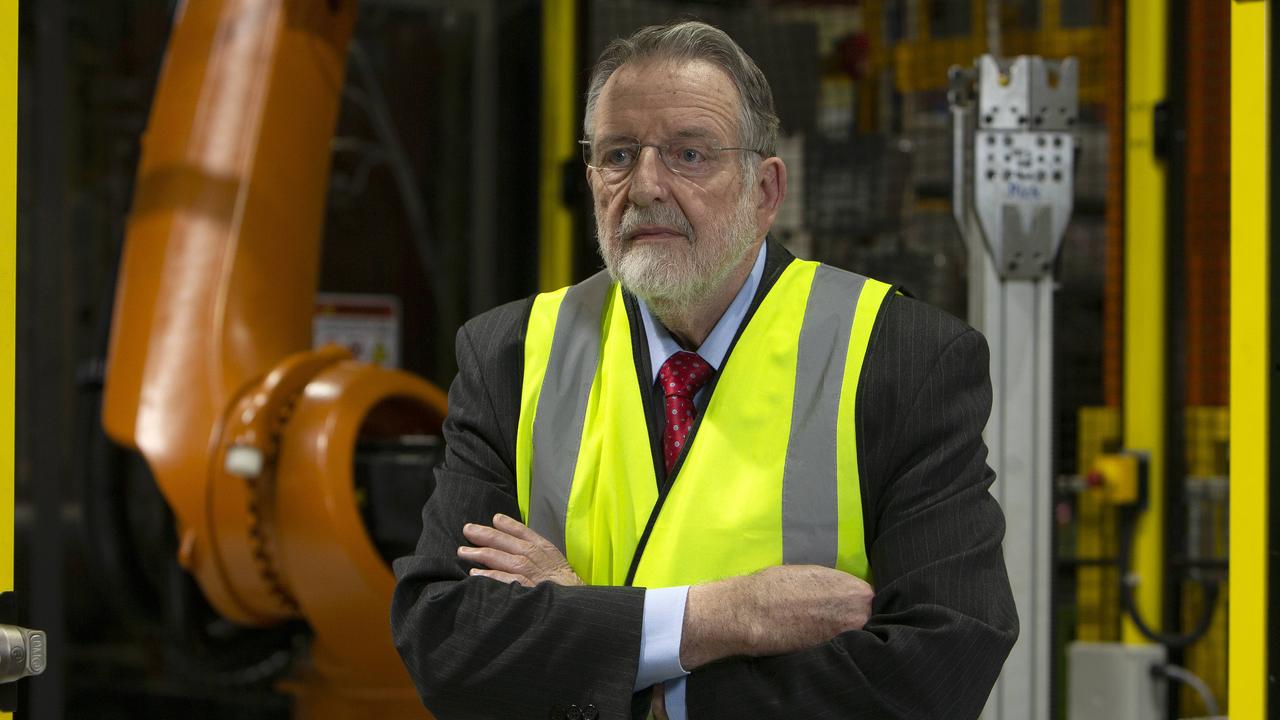An Adelaide doctor’s simple cure for your fear of flying: Virtual reality technology
AN Adelaide psychologist is hoping to help anxious South Australian flyers overcome their fear of taking to the sky — by going flying with them. But they won’t ever leave the ground ...
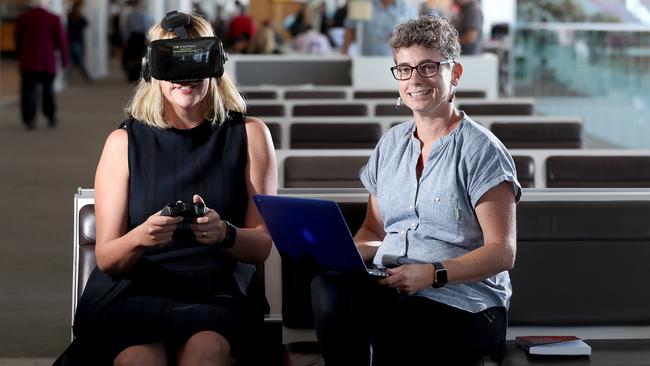
SA Business
Don't miss out on the headlines from SA Business. Followed categories will be added to My News.
AN Adelaide psychologist is hoping to help anxious South Australian flyers overcome their fear of taking to the sky — by going flying with them.
Well, in the virtual reality world, at least.
Cumberland Park-based clinical psychologist Emma Johnston says while for some people a fear of flying — and even being at an airport — can be debilitating, past methods used to treat it in SA have largely been unsuccessful.
This is because the most effective way to treat phobias is to expose a person to the situation they fear, she says.
“With flying phobia that is much more difficult because obviously it is pretty cost-prohibitive to take your psychologist on a flight with you,” she said.
“So what we’ve tended to do is use imaginal therapy where the client works with the psychologist to imagine being on an aircraft to try and induce those feelings of anxiety and the associated panic attacks. But it is relatively ineffective and not a great treatment.”
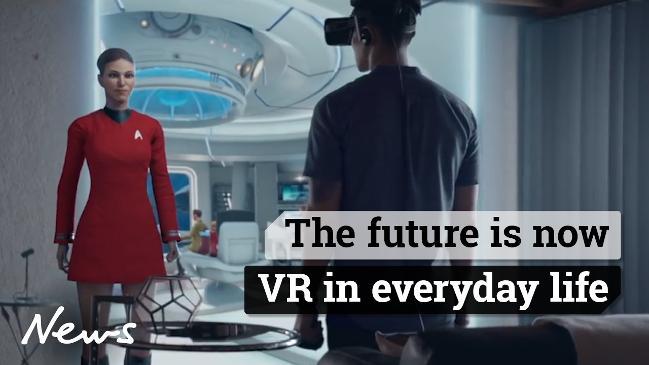
Frustrated by the lack of success, Dr Johnston and her colleagues at ThinkWise Psychology began researching new ways to treat the disorder, and discovered the successful use of virtual reality technology to treat a range of phobias, including flying, in America and Europe.
Now, in what is believed to be a state first, the technology will be trialled on patients here.
“It’s really quite exciting ... internationally, virtual reality has been used to help people overcome their fear of other things such as public speaking, spiders, heights, thunderstorms, so I think it has a lot of potential use,” she says.
“By putting our clients in virtual reality goggles, we can put them at the airport, take them on an aircraft, head down a runway and have them experience takeoff, landing and being in thunderstorms.
“Virtual reality allows clients to be exposed to the feared stimulus of flying, without having to leave the psychologist’s office — even experiencing turbulence and screaming passengers.”
Dr Johnston says it is difficult to know how many people suffer from a fear of flying because many don’t seek treatment for it.
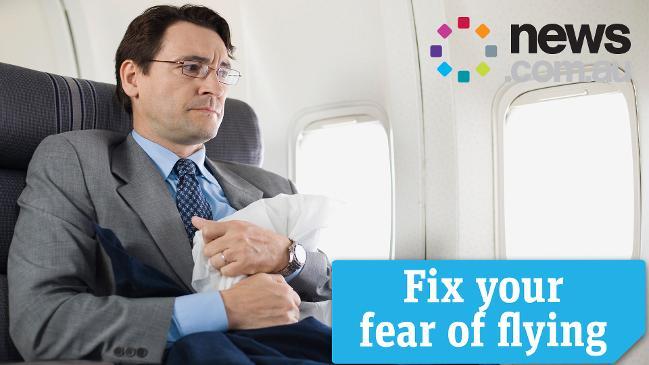
“The most common scenario is where a someone with a flight phobia has simply avoided flying and loved ones around them understand this and change plans to accommodate the non-flyer,” she said.
“Or, if people do have to fly, they’ll engage in unhelpful compensatory behaviours such dosing up on prescription medication such as valium or drinking a shed load of alcohol before getting on a flight to help them cope.”
Dr Johnson said her office had accessed one set of goggles and related software out of the United States at a cost of about $1500.
If the trial proves successful, the plan is to expand the therapy beyond flying phobia.
“Ideally, what we’d like to do is talk to Adelaide software developers so we could source the technology here, rather than send business over to the USA,” she said.

